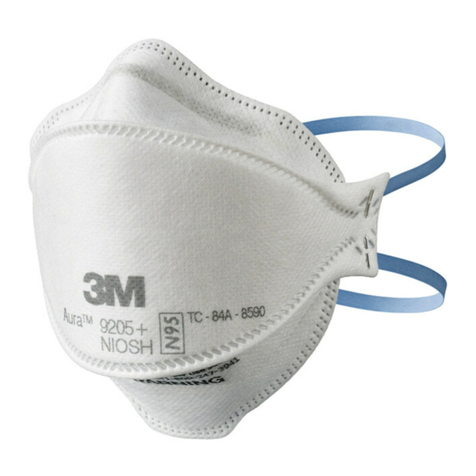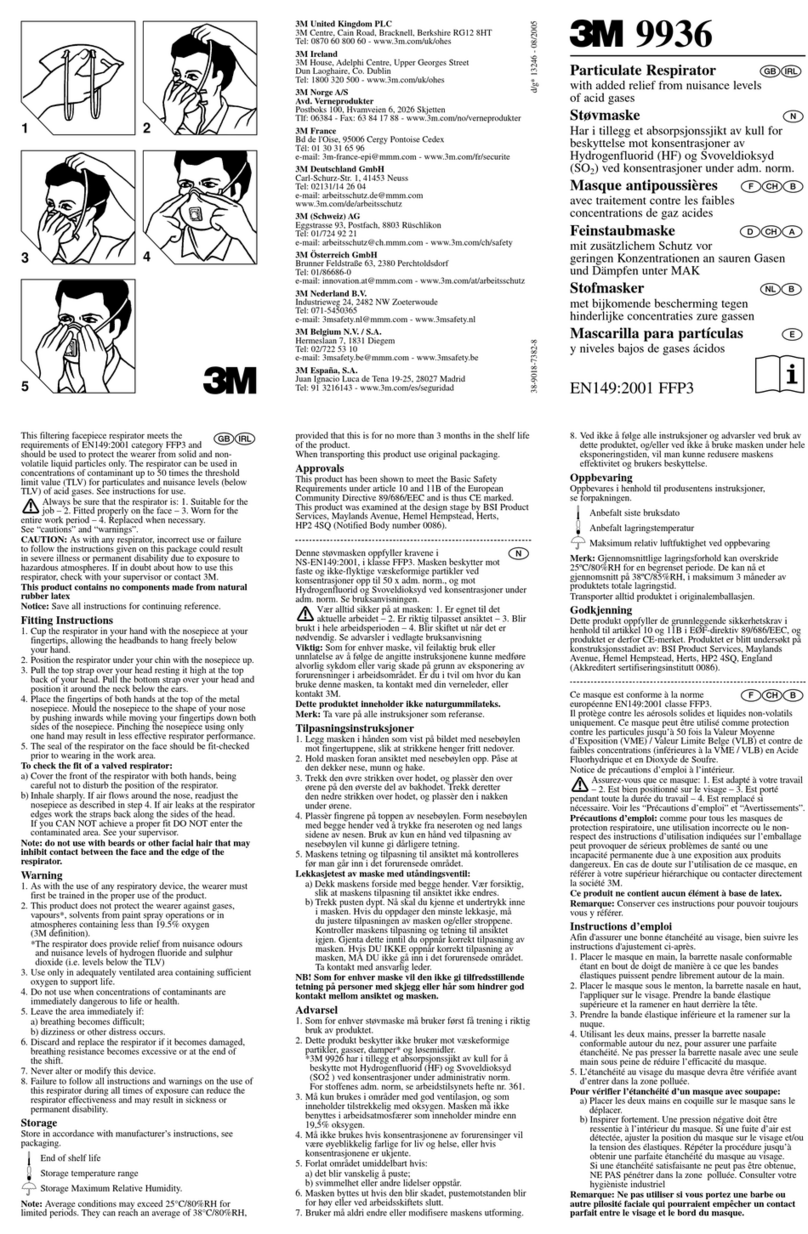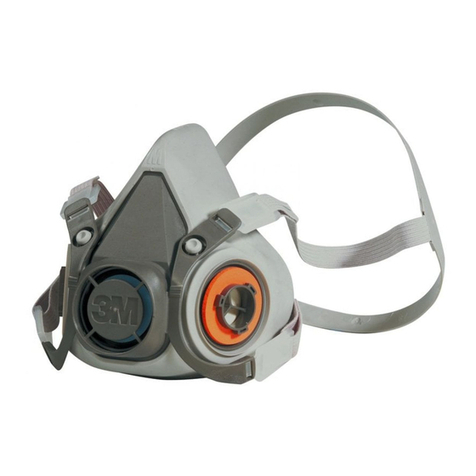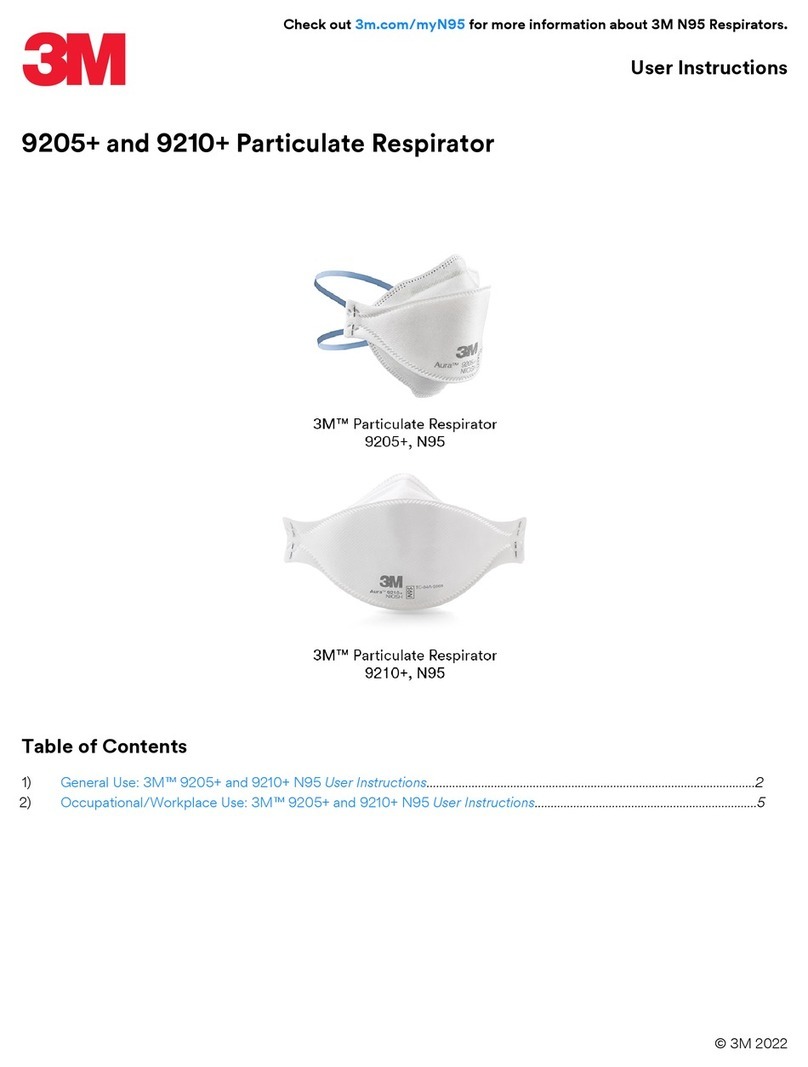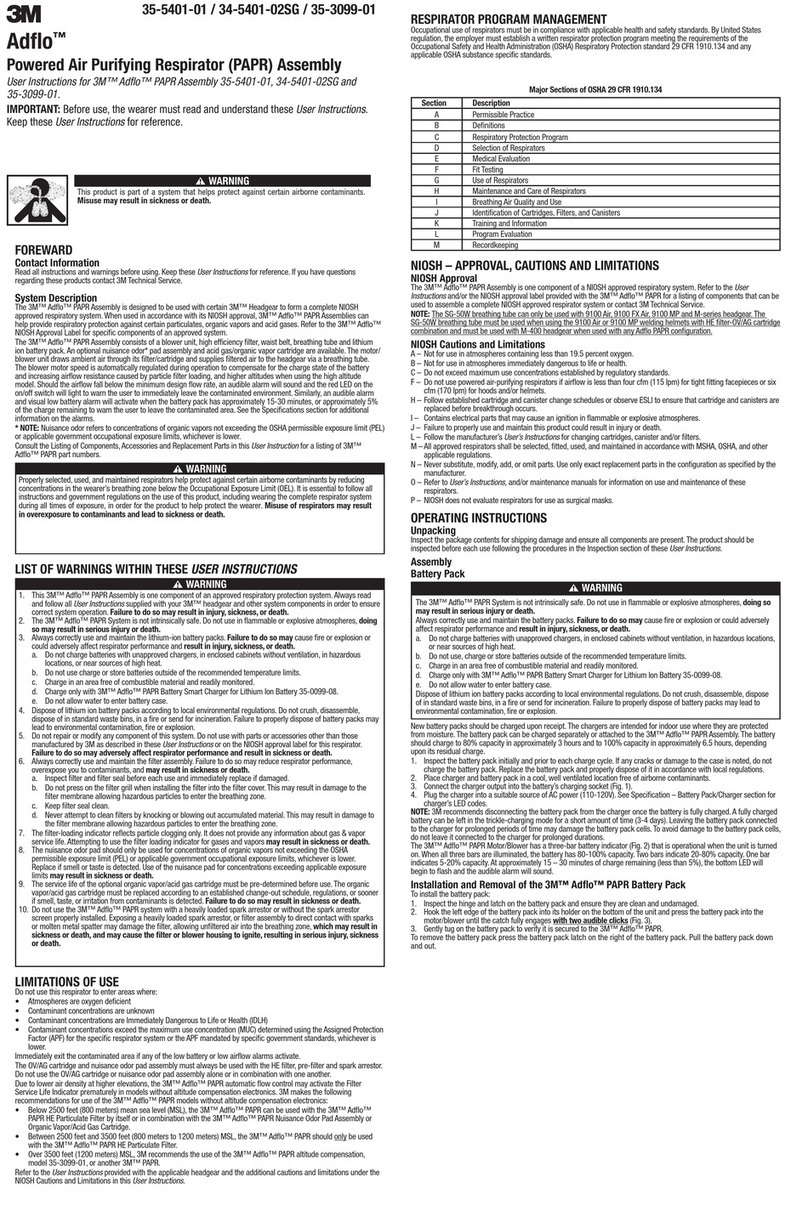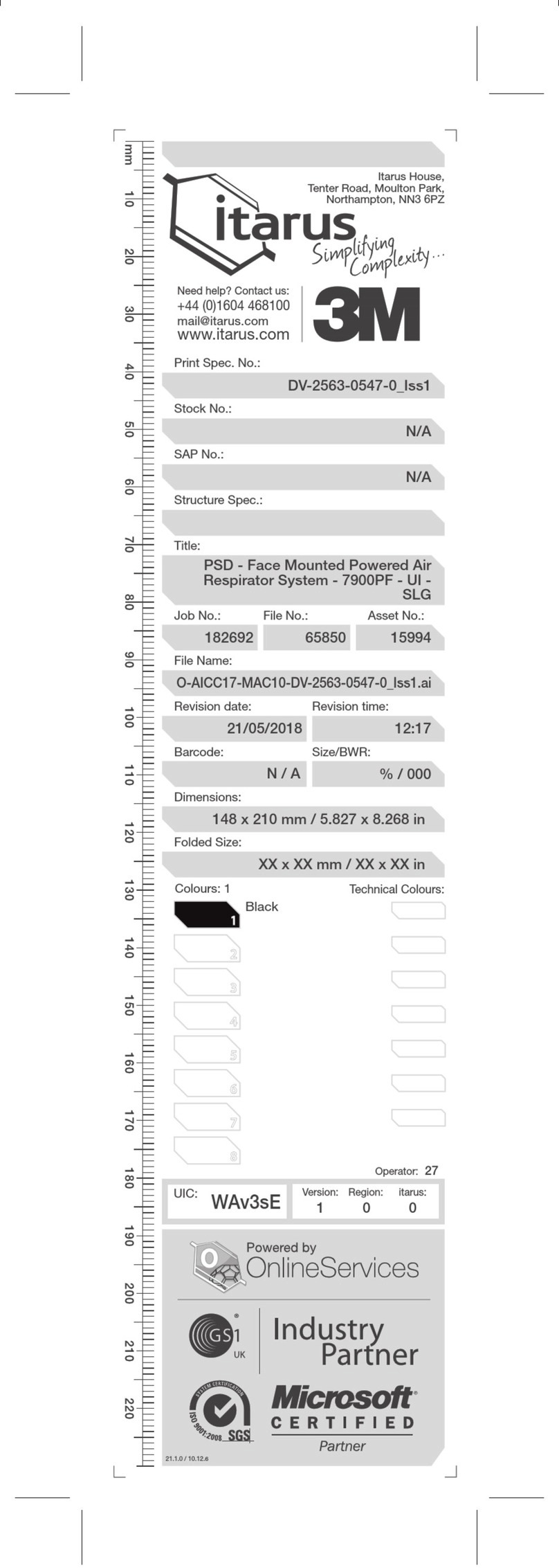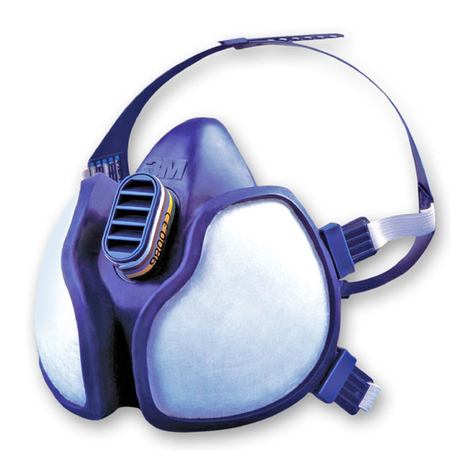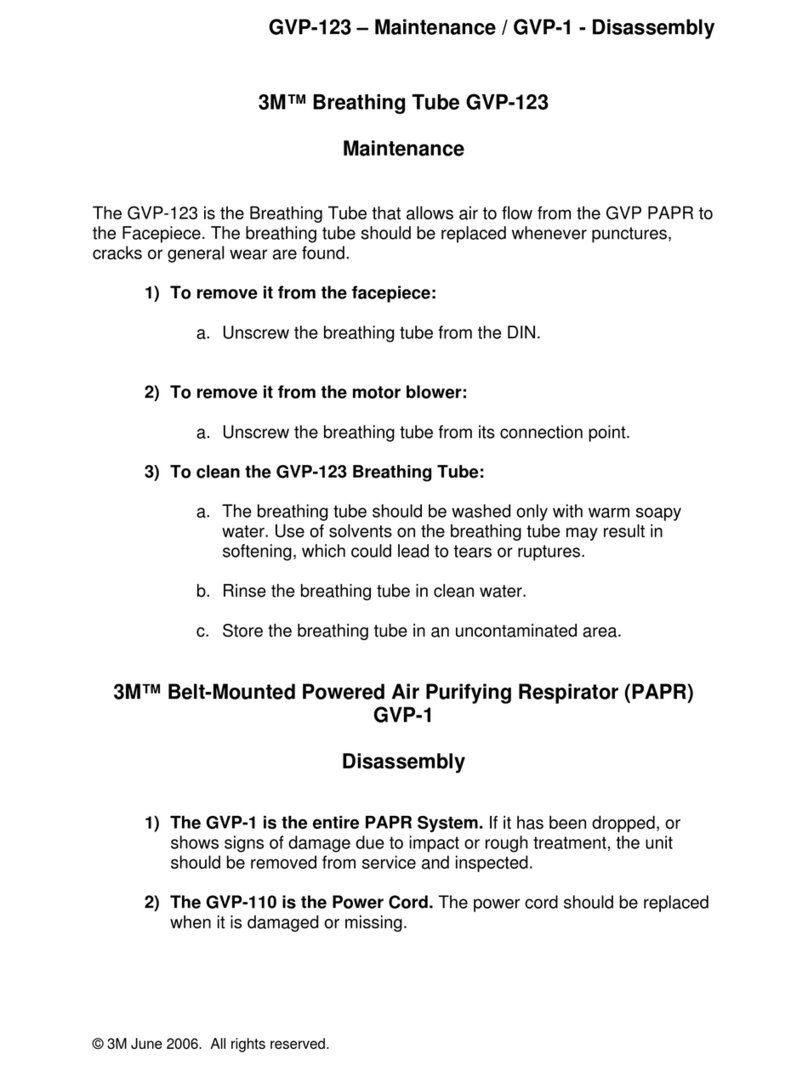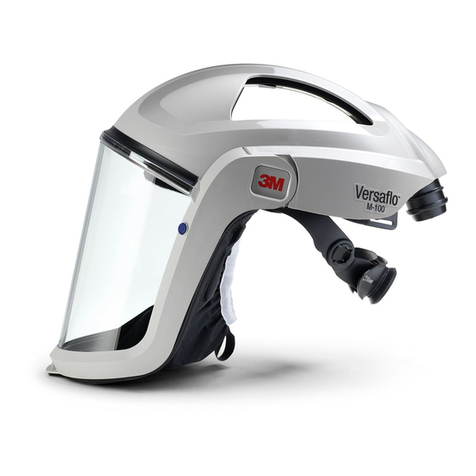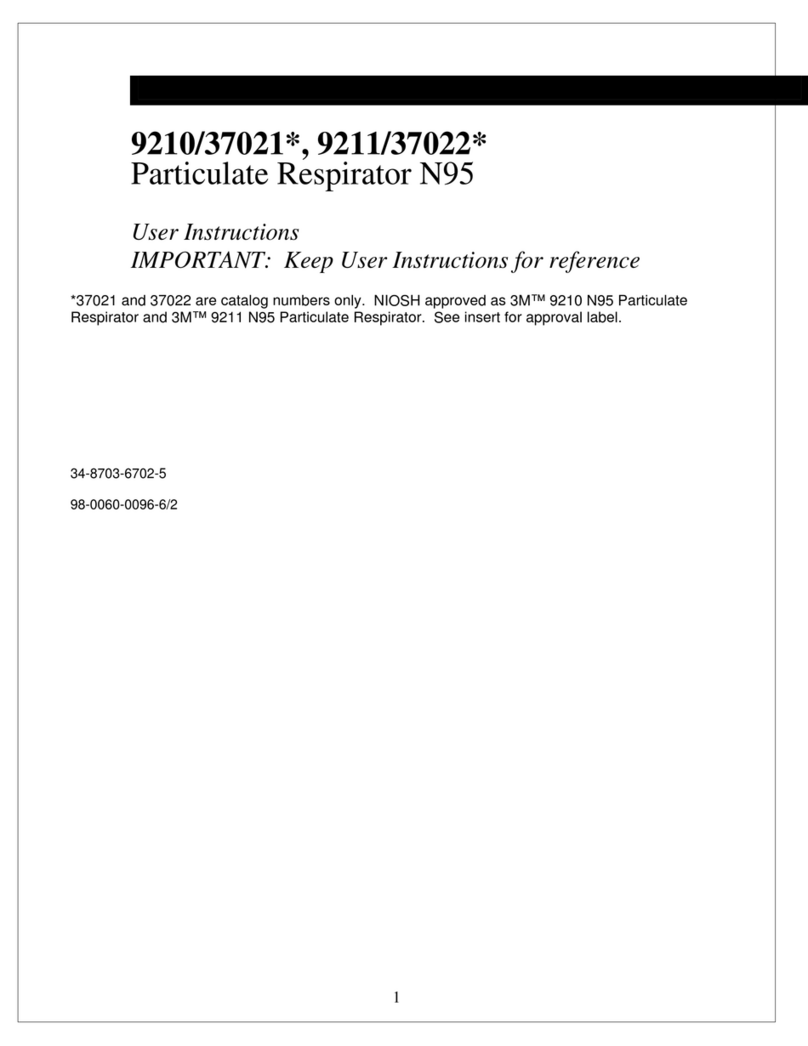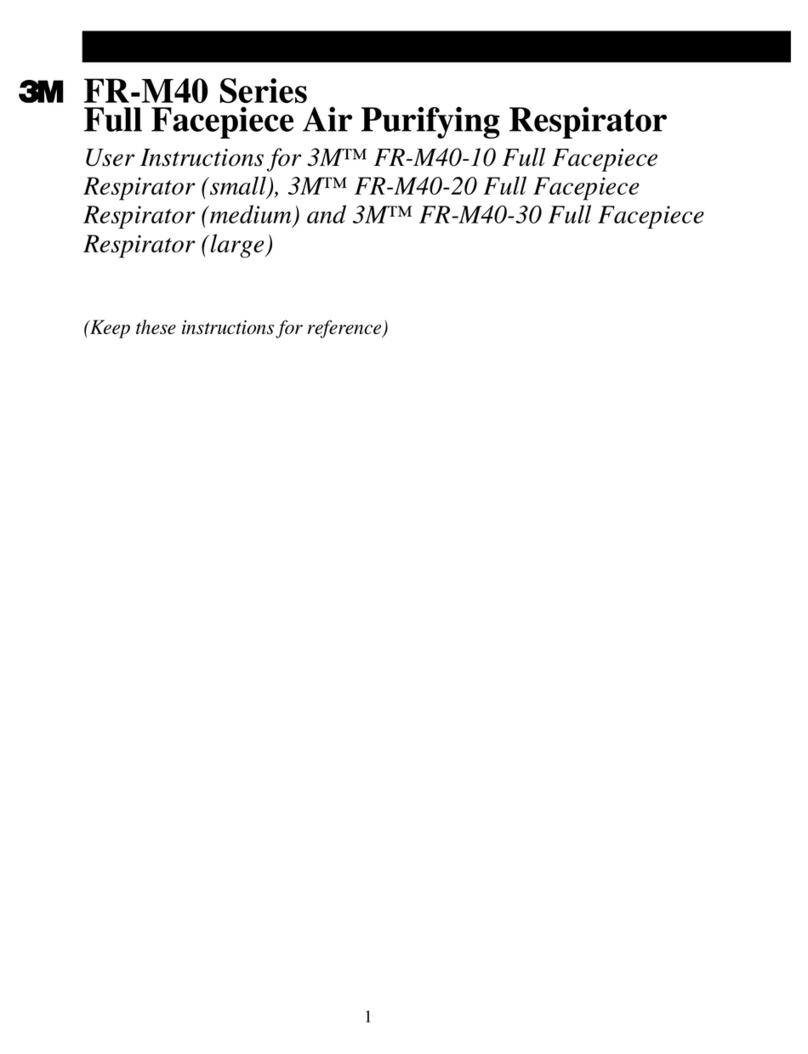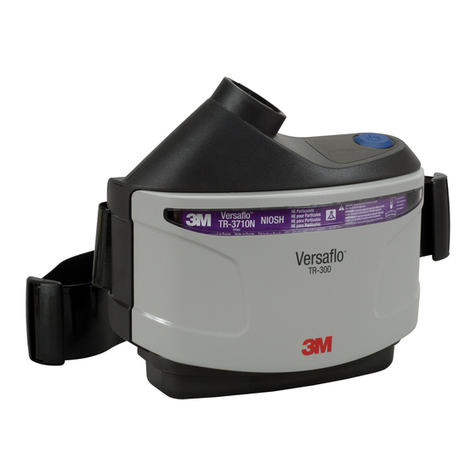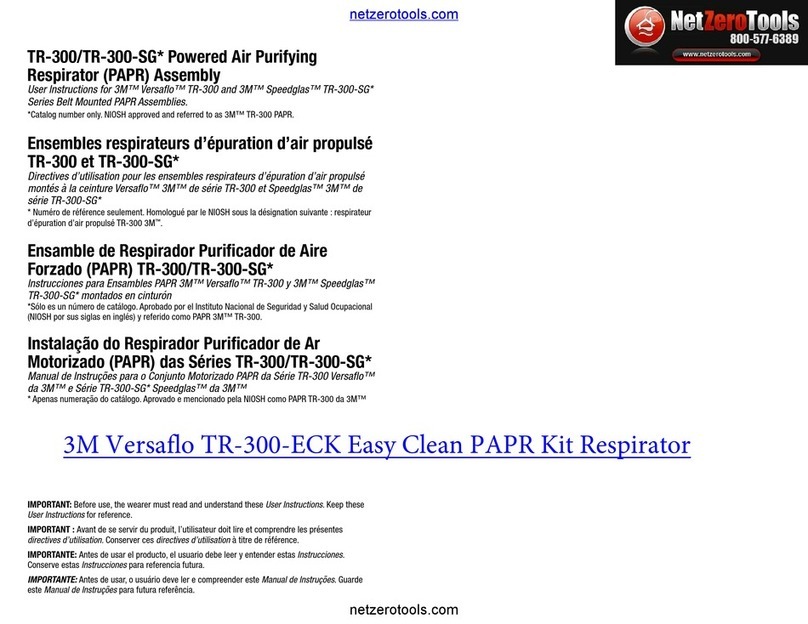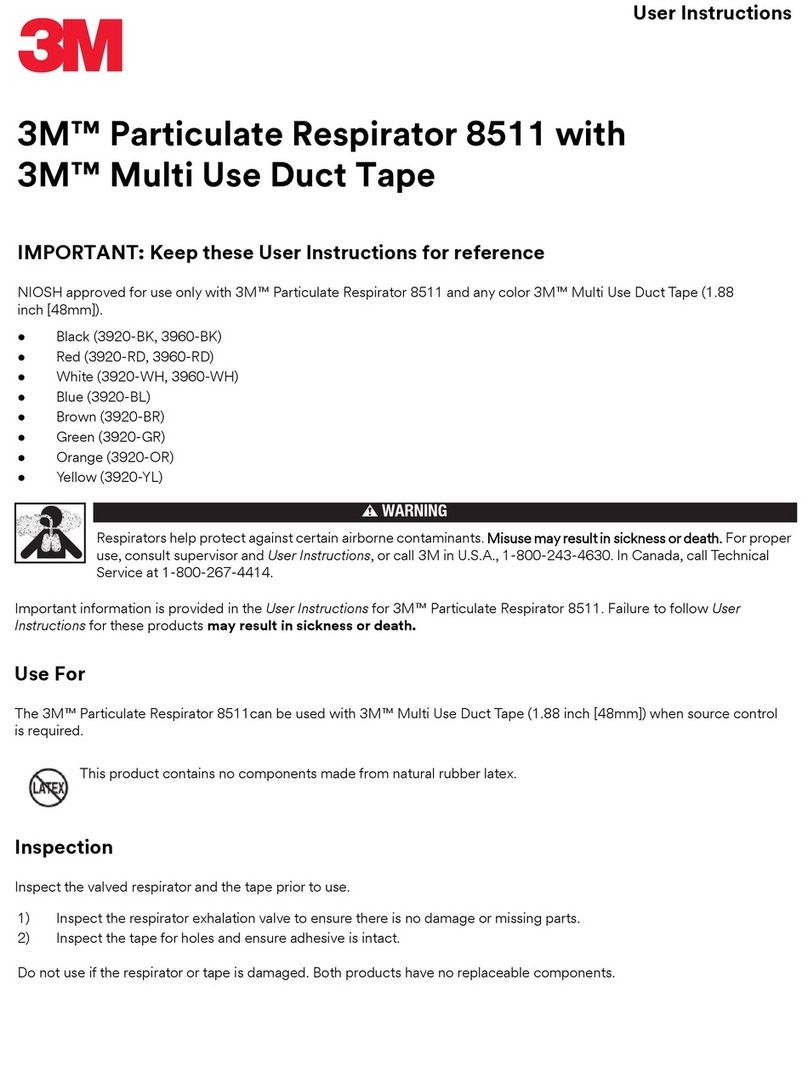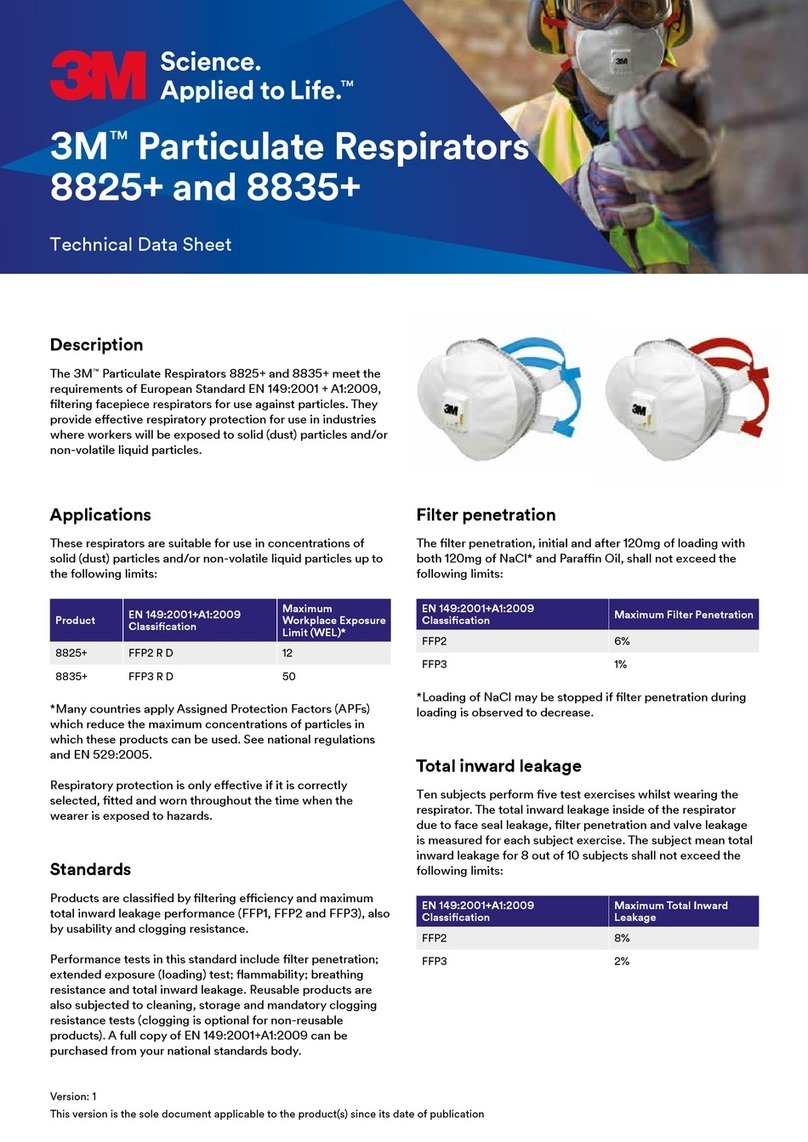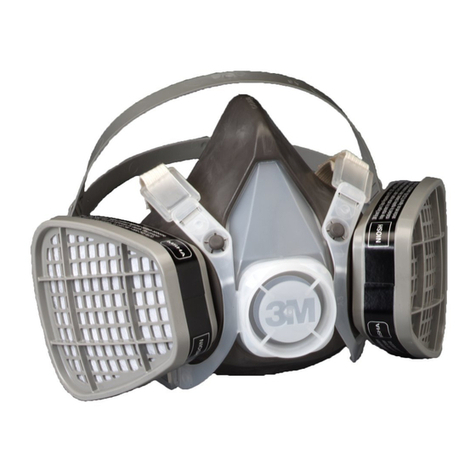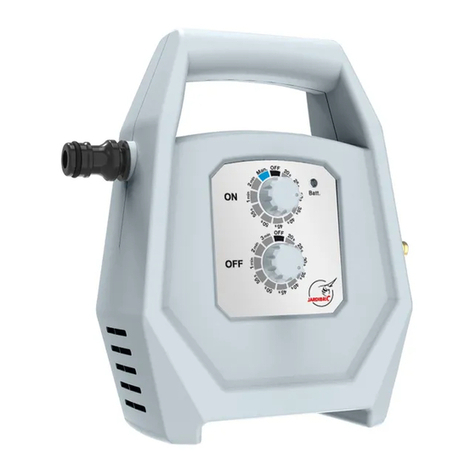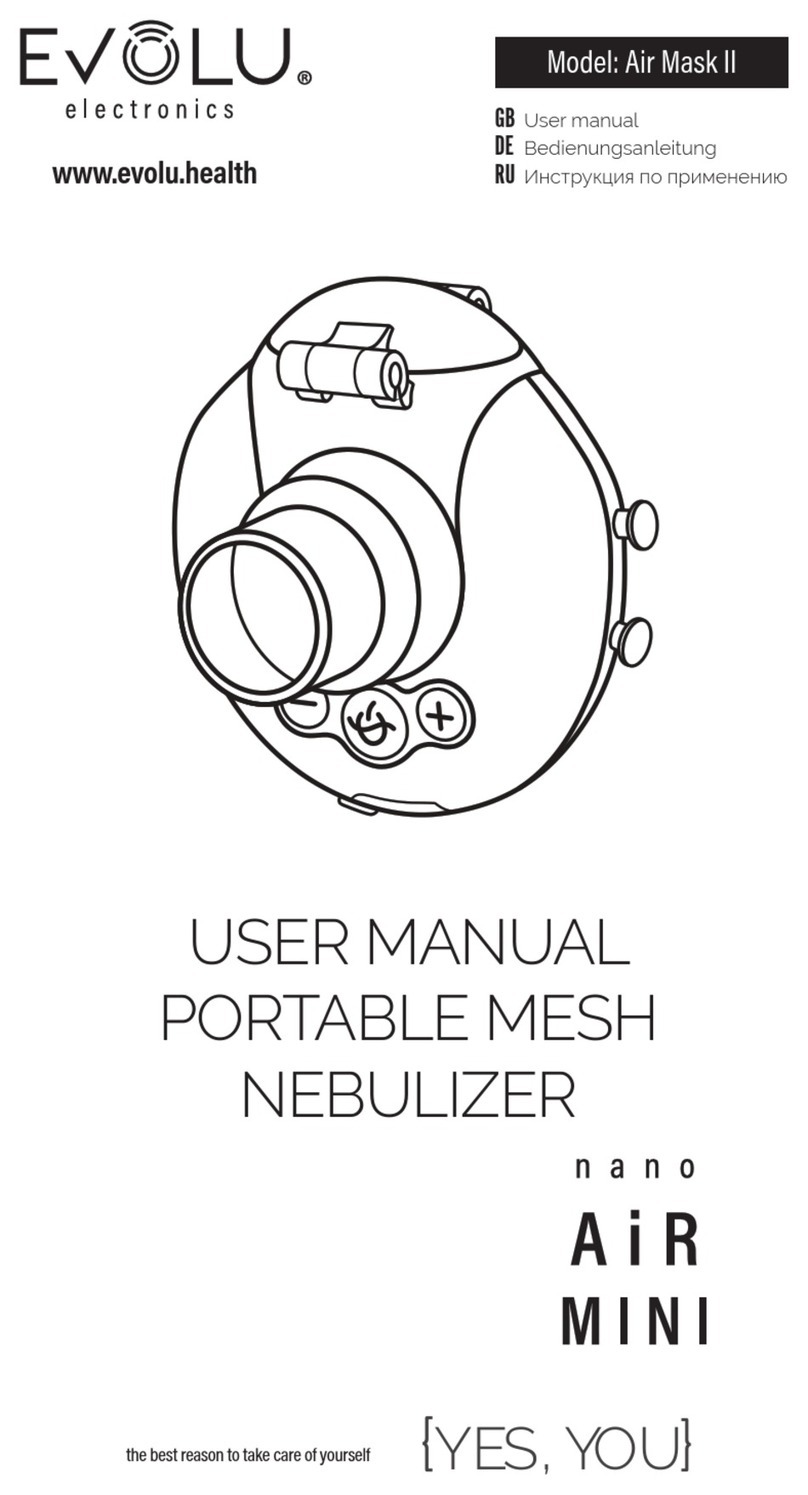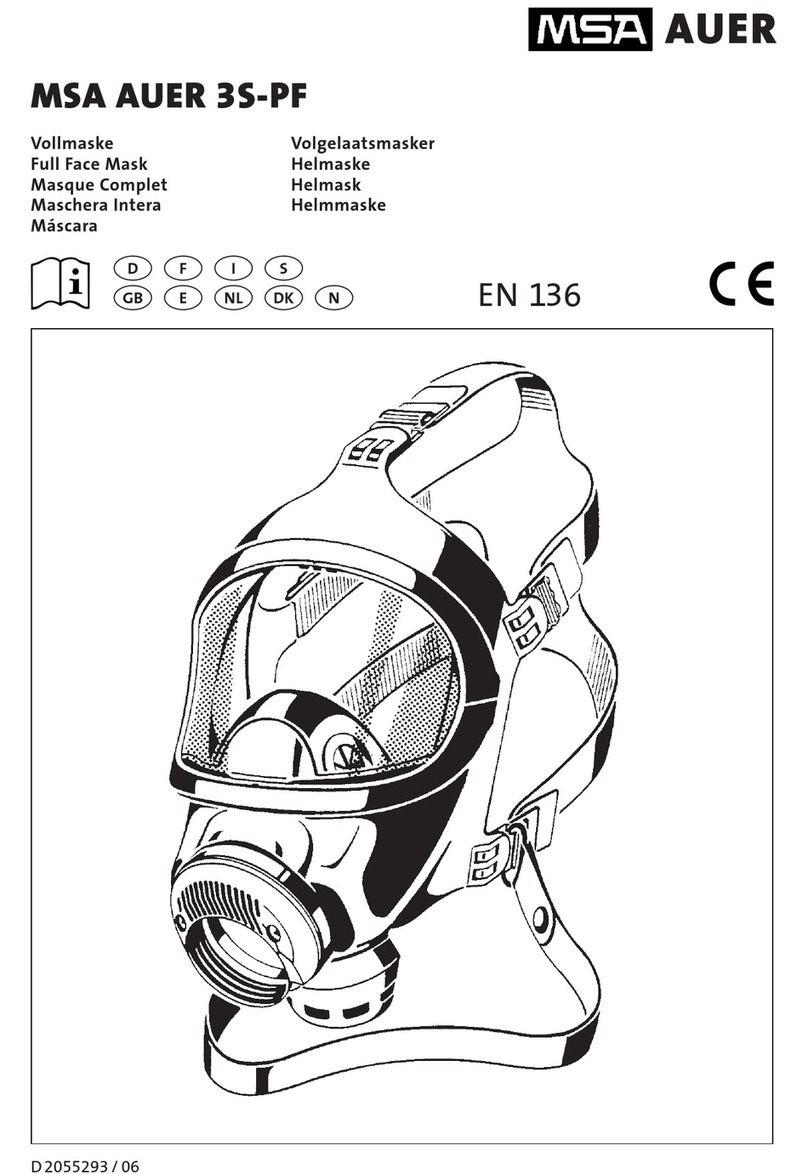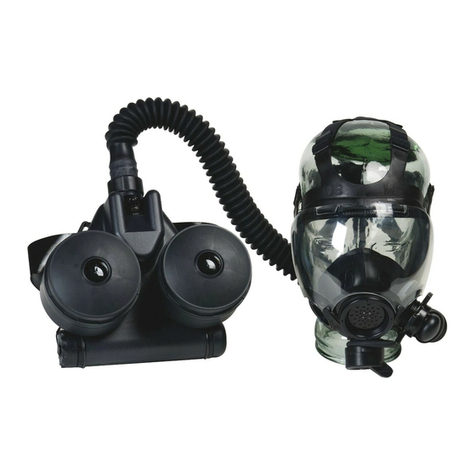
P/N 595390-01 Rev D 202009 3
Contents
About This User instruction ......................................................................................................... 5
Intended Readers........................................................................................................................................5
How to Read This User Instruction ........................................................................................................ 5
Warnings, Cautions, and Notes .......................................................................................................5
Before You Begin ........................................................................................................................................6
Maintenance and Repairs ..................................................................................................................6
Retirement Criteria and Considerations ........................................................................................6
Safety Information ...................................................................................................................... 7
All 3M Scott Fire & Safety Products...................................................................................................... 7
3M Scott Full Facepieces.........................................................................................................................8
Warnings and Cautions .............................................................................................................................8
Chapter 1 Introduction ...................................................................................................................................11
Before You Begin ....................................................................................................................................... 11
Overview ...................................................................................................................................................... 11
Facepiece Components........................................................................................................................... 11
Chapter 2 Inspection .....................................................................................................................................13
Before You Begin ...................................................................................................................................... 13
Inspecting the Facepiece ....................................................................................................................... 13
Performing Operational Testing............................................................................................................ 14
Chapter 3 Donning .........................................................................................................................................15
Before You Begin ...................................................................................................................................... 15
Donning the Facepiece ........................................................................................................................... 15
Chapter 4 Cleaning & Maintenance ............................................................................................................21
Before You Begin .......................................................................................................................................21
Cleaning the Facepiece ...........................................................................................................................21
Maintenance...............................................................................................................................................23
Available Parts ....................................................................................................................................23
Removing and Installing the Nosecup Assembly ......................................................................23
Removing and Installing the Head Harness & Straps ...............................................................25
Installing the Neck Strap .................................................................................................................26
Appendix A Facepiece Fitting .........................................................................................................................29
About Fit Testing ......................................................................................................................................29
CBRN SCBA or APR ............................................................................................................................... 30
Fit Testing Procedure ............................................................................................................................. 30
Negative Pressure User Seal Check ............................................................................................ 30
Quantitative Fit Testing .................................................................................................................. 30
Routine Testing .................................................................................................................................. 31
Facepiece Sizes.........................................................................................................................................32
Appendix B Options & Accessories................................................................................................................33
P/N 595390-01
202009
Rev D


